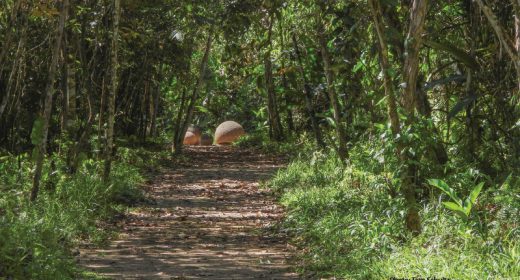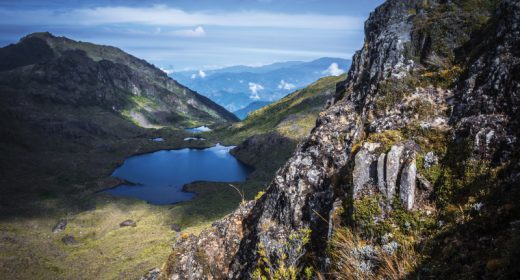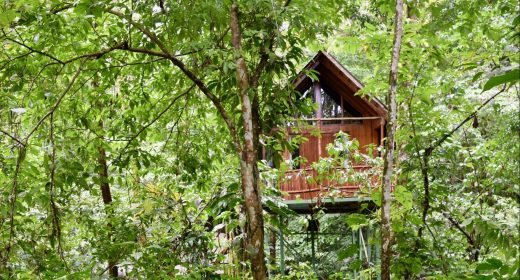
Cool Places – Seeing Another Side
- JAN 21, 2019Warning: count(): Parameter must be an array or an object that implements Countable in /home/howlermag/public_html/old/wp-content/themes/new-paper/includes/general.php on line 193
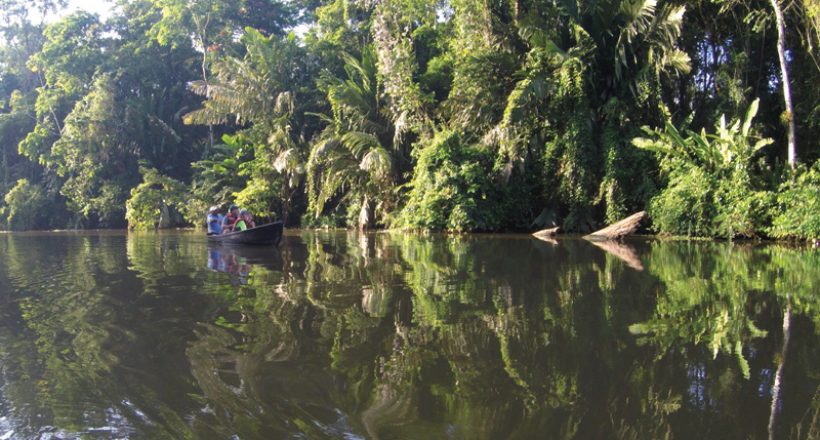
Your Lead Paragrpah goes here
How to have a wildlife-infused getaway on the Caribbean coast: Have you ever looked out your window and seen a sloth? Stood up close to a puma or snorkeled with a sea cow? Have you ever been anywhere that was so teeming with life it made you feel more alive?
Costa Rica’s Caribbean coast is full of wild places that can have that effect on people. From the rainforest treetops to the nooks and crannies of coral reefs lining remote beaches, a nature-infused getaway here is yours for the taking. Whether you have hours, days, weeks or months to spend, getting this far away from the world’s concrete jungles is an experience you’ll never forget or regret.
Getting this far away from the world’s
concrete jungles is an experience
you’ll never forget or regret.
No matter what your situation on this “other side” of Costa Rica, from sipping coffee on a patio or touring a cacao plantation to sea kayaking along the southern shore, some creature is likely to steal the show. The key is to keep your eyes and ears open, be on the lookout and don’t forget to look up. Any wildlife spotting opportunity could become the one you are so glad not to have missed.
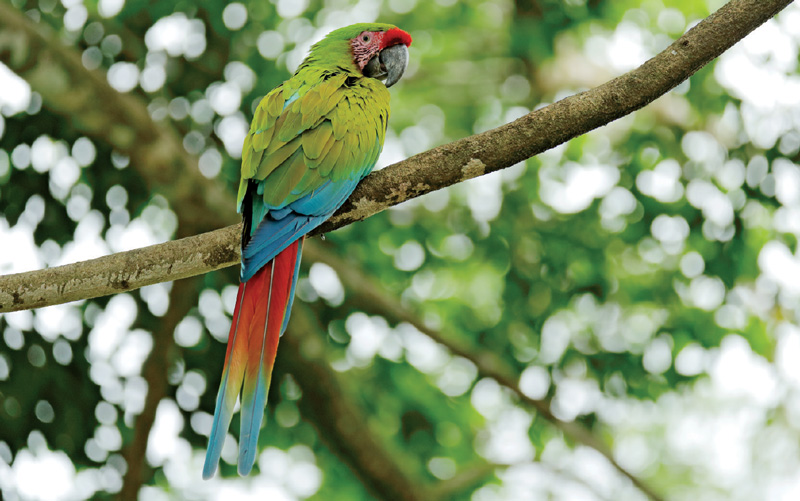
Costa Rica’s Caribbean star characters include both the two-toed and three-toed sloth; the white-faced capuchin, spider and howler monkey; and four sea turtle species — green, leatherback, hawksbill and loggerhead. Habitats for jaguars, margays, manatees and dolphins also exist in the region, as well as the great green macaw and hundreds of other bird species. Even more species of tropical fish and marine dwellers may be found, and a seemingly infinite number of insect species. Let’s not forget the array of colorful and vocal tree frogs native to the area, lizards that walk on water and a formidable guardian of rivers, the American crocodile.
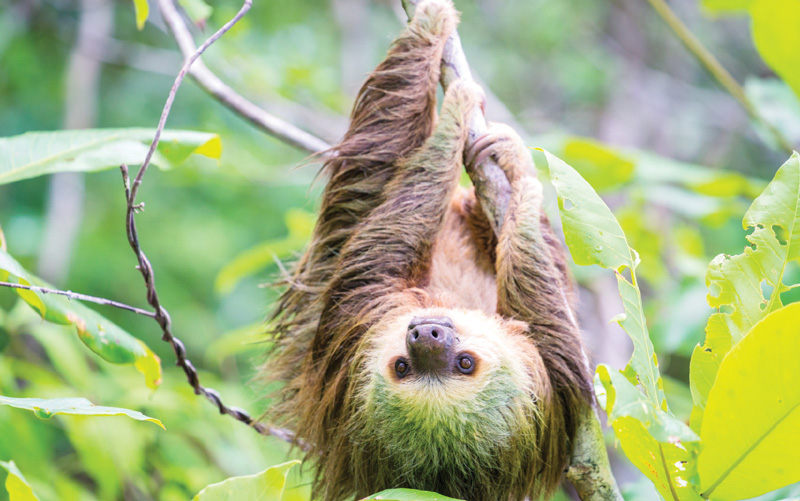
In addition to random wildlife sightings almost anywhere in the Caribbean province of Limón, several spots are recommended for amping up the number of animal encounters you are likely to have.
Cahuita National Park and Gandoca-Manzanillo Wildlife Refuge are conveniently located near Puerto Viejo, a popular beach community. Both are known for flourishing coral reefs, a postcard-picturesque coastline, and vibrant rainforests. Spend as much time as you can in either or both conservation sites; you will not be sorry. Even just a few hours will surpass your wildest dreams for wildlife viewing.
For a truly grand adventure, Tortuguero National Park is the place to go. Located on the northern Caribbean coast, it is only accessible by boat or small plane. The remote, untamed allure of Tortuguero rewards visitors with a nature experience comparable to that of the Amazon.
Limón province is also renowned for its wildlife sanctuaries and rescue centers. Sadly, the need for these facilities is critical due to the number of displaced, injured or abused animals. Deforestation, increased development, and the illegal pet trade are just a few of the reasons animals like sloths, wildcats, monkeys, macaws, coatis and other vulnerable species are in dire need of rescue, care and rehabilitation.
Three nonprofit organizations are working tirelessly in that regard, all in the Puerto Viejo vicinity: the Sloth Sanctuary, Jaguar Rescue Center, and Tree of Life Rescue Center. Visiting any one of these animal refuges is a humbling experience you will not soon forget. While many of the temporary and permanent residents of these sanctuaries belong to native species you might be lucky enough to see in the wild, rarely would you have a chance to observe them in such a close and personal manner. Not only can you learn a great deal about some of Costa Rica’s most iconic and cherished creatures while visiting a rescue center, but you will also be supporting their operation through a monetary contribution.
While any time of the year is a good time to visit Caribbean locales, September and October happen to be the most consistently dry months, when almost everywhere else in Costa Rica gets the wettest weather.

